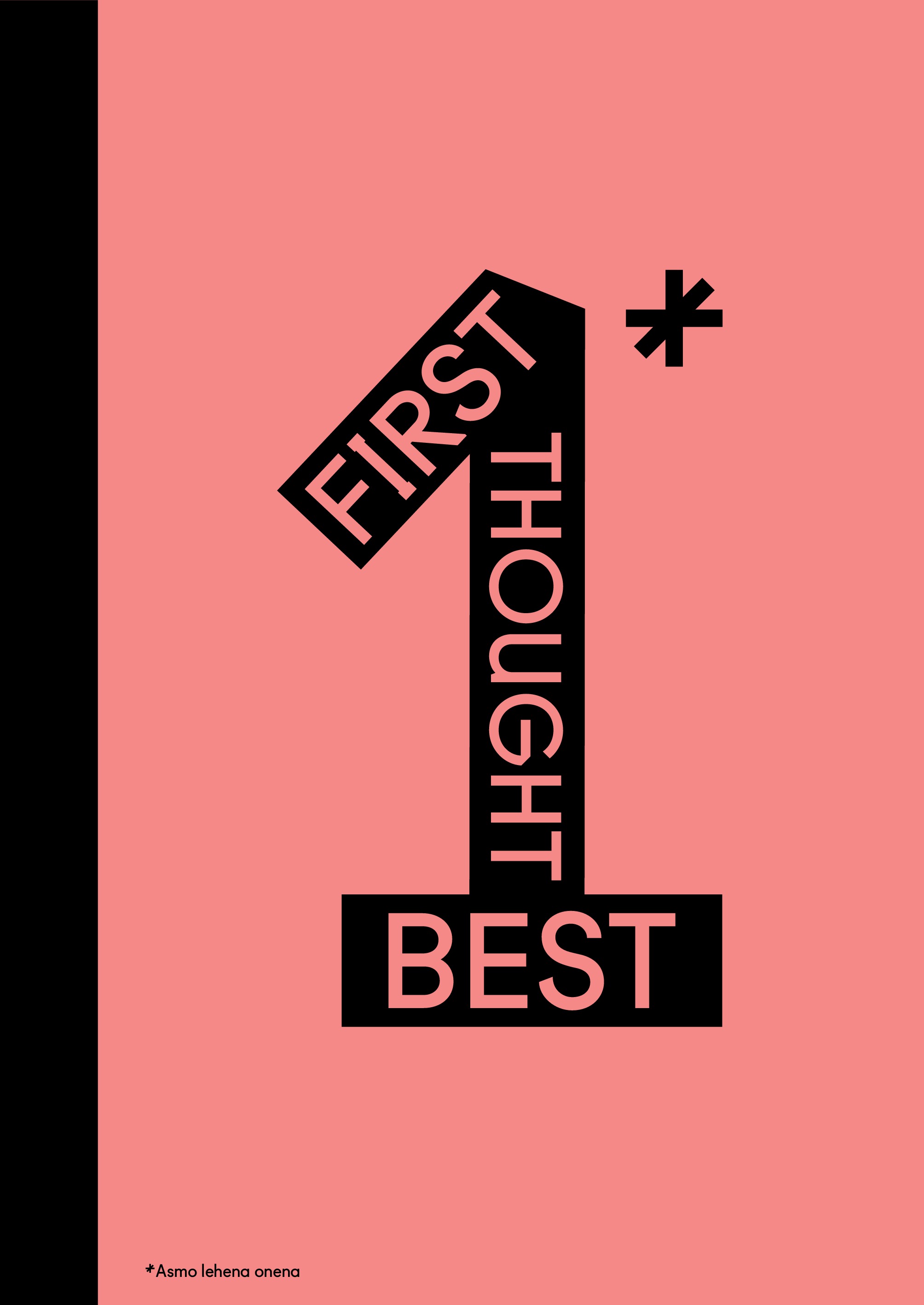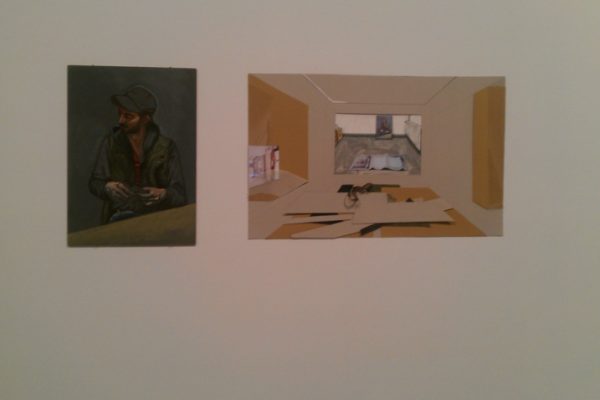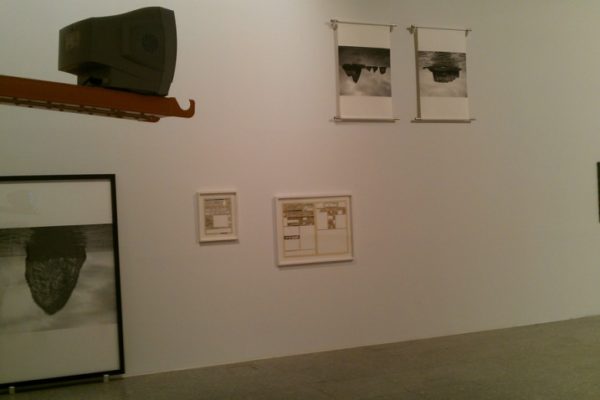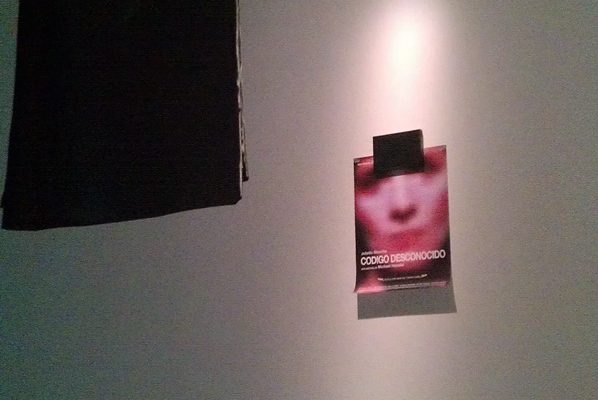First Thought Best is a collective exhibition produced by the eremuak programme with works by the authors selected in the “2014 exhibition” call. First Thought Best puts the emphasis on the “here” and “now”. The exhibition maintains a relationship with the Basque art context and aims to show works and projects that need to be presented in an exhibition format, thus activating a public reception space.
The artists who have taken part in the call come from different generations and their training experiences correspond to very diverse interests. But the relationship of the artists with the Basque context and a specific period of time has created a work space that operates like a kind of observatory of an art scene in which notions like “system”, “context”, “community” and “institution” become unavoidable paradigms.
The selection of works for the exhibition, carried out by the Technical Work Commission of eremuak, consisting of Peio Aguirre, Beatriz Herráez, Itziar Okariz, together with Agar Ledó Arias (responsible for the MARCO programme of Vigo) as external guest, aims to reflect the wide variety of projects alluded to above and presents a set of works in multiple formats and supports of the selected artists.
This exhibition aims to reflect some of the lines of action and relevant artistic practices that are being developed currently through works that make use of sculpture, drawing, painting, audiovisual language or performative practices. Some of the themes presented in the exhibition deal with constructed nature and landscape, be this natural or industrial (Domínguez, de Diego, Buchwald & Koochaki, Elgoibar); media representation systems and the “disorder” of the image in the current economic and political context (Marte, Sádaba); the saturation of the consumer society and its iconographies associated with popular culture (Alfaro, Llaría); sculpture and the recycling of forms and symbols (Crespo, Baldés); the creation of personal worlds in which linguistics and subjectivity coincide (Aitzkoa, Montón, Bilbao); the control systems and institutional dynamics (Otamendi); the crossroads between design, art and education (Arenzana); or language as a problem in communications through performance (Urra).
Thus, First Thought Best devises an event and image of what is happening at the current time. One photo among many possible photographs. One, in the present. The title First Thought Bestalludes to the sentence “First thought, best thought”, almost a slogan, which the poet Allen Ginsberg used to describe spontaneous writing. A poet of immediacy and one of the leading figures of the Beat Generation of the 50s, his method of composition was to record the moment.
Context of the exhibition
First Thought Best began with the responses to the call of the eremuak programme, to which more than one hundred proposals were submitted and, just like the programme within which it was devised, is built (“live”) on the basis of an analysis of discourses and artistic practices.
The exhibition came about as a result of the need to visualise the projects and works of artists and to rethink the format of the collective exhibition – an idea that came up in conversations with artists and professionals from the sector in a number of different commissions and events organised by the eremuak programme. Thus, eremuak took another look at this problem and announced at the beginning of the year a specific call that aimed to secure participation in this collective exhibition.
Since eremuak was set up in December 2010, one of the main lines of work of the programme has been to identify the needs and discourses present in the contemporary artistic practices, as well as to promote actions that contribute to the enrichment and implementation of these debates.
Along these lines, the show also aims to be a meeting place for artists, critics and curators by favouring exchanges between different working processes.










